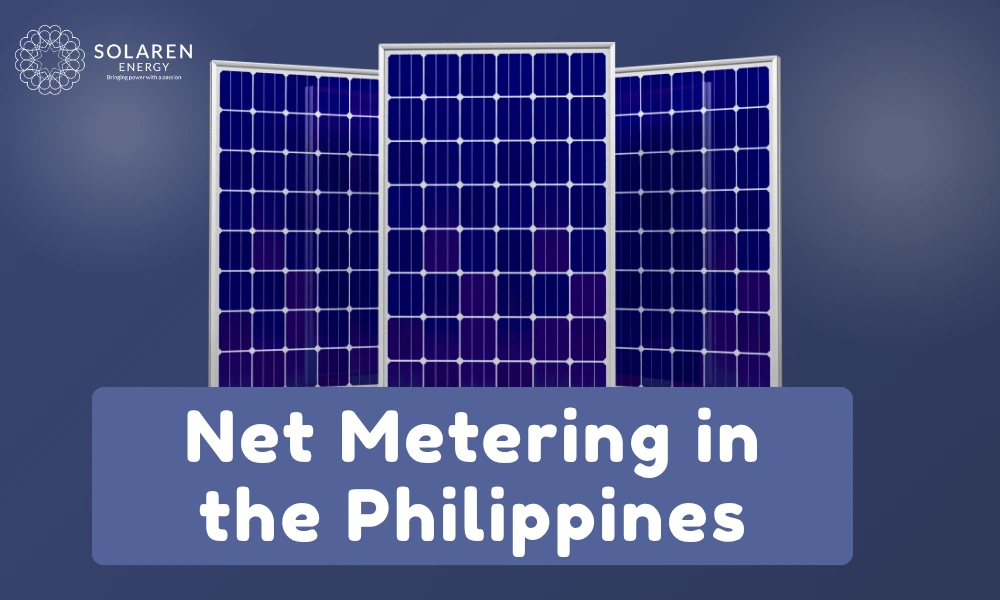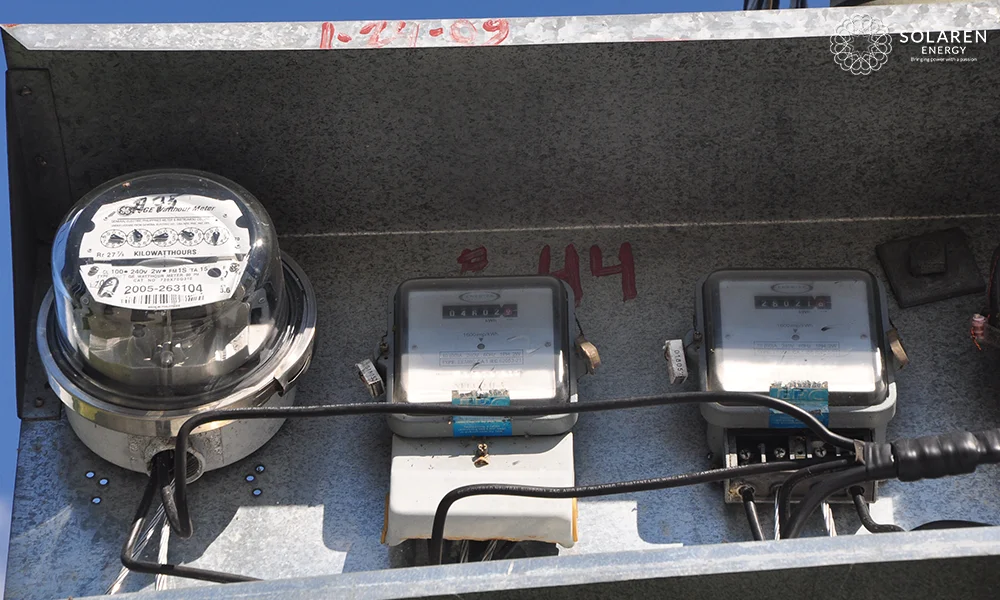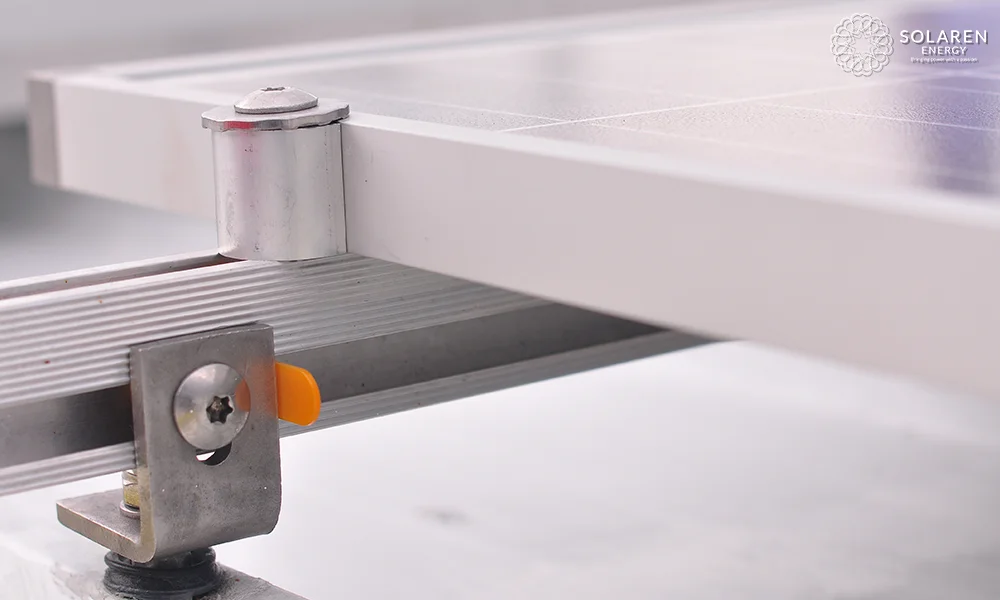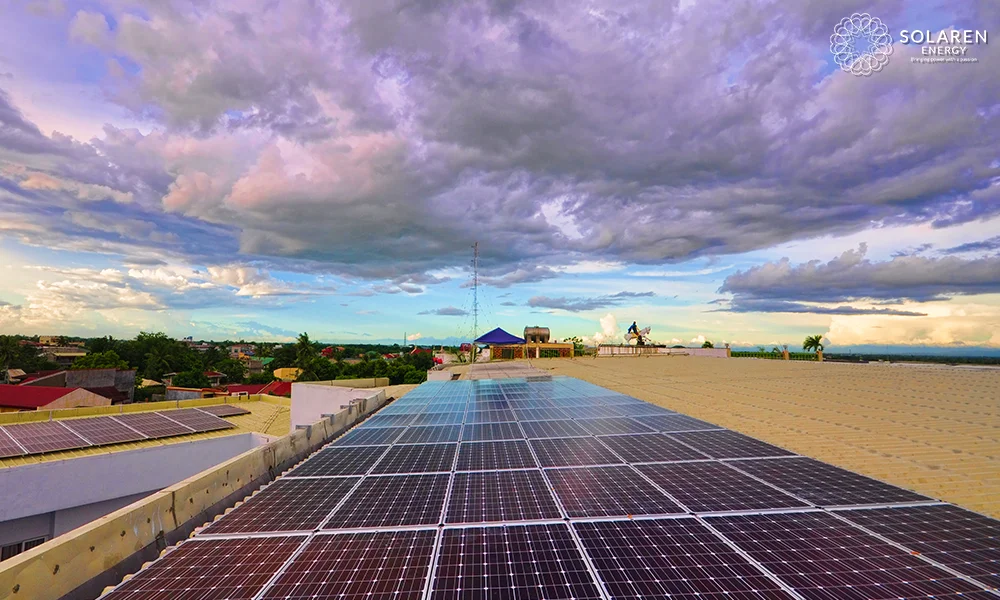As power costs rise and businesses seek energy independence, net metering in the Philippines is gaining renewed attention, especially when combined with energy storage solutions. What was once a way to offset excess solar production during the day has now evolved into a strategic tool for maximizing savings, stabilizing operations, and improving energy resilience.
What Is Net Metering?
Net metering is a government-supported program that allows qualified users to export surplus solar energy to the grid and receive credit for it. In the Philippines, businesses with solar systems rated at 100 kW AC or less can participate. The energy exported is subtracted from grid consumption on the next bill, helping reduce costs significantly.
But net metering gets even more powerful when you introduce commercial solar energy systems with built-in storage. Stored solar can be dispatched at night, turning your facility into both a producer and a smart energy manager.
Why Storage Makes Net Metering More Effective
Traditionally, solar systems exported power only when panels overproduced during sunny hours. But with batteries, businesses can store that excess energy and export it during high-demand periods, like late afternoon or early evening, when grid prices peak.
This combined approach helps:
- Maximize export credits
- Reduce peak-hour grid consumption
- Extend the value of solar energy into the night
- Maintain operations during outages
A seasoned solar installation Philippines provider can design a solution that balances both use and export, delivering round-the-clock energy performance.
Case Study: Fabrication Plant in Cavite
A fabrication facility in Cavite installed a 100 kW rooftop solar system with a 160 kWh lithium-iron-phosphate (LFP) battery. The solar array powers machines during the day while charging the battery. After sunset, stored power covers lighting and essential systems.
By exporting excess stored energy in the early evening, the company now offsets over 30% of its grid consumption during peak hours. They save roughly ₱200,000 monthly and have not experienced any production downtime due to power interruptions. The full system is expected to pay for itself in less than four years.
How Net Metering + Storage Works
- Daytime: Solar panels power the building and charge the battery.
- Evening: The battery discharges to cover operational loads.
- Excess energy: Any remaining stored solar energy can be exported for credit.
- Billing: The utility offsets exported kilowatt-hours against your consumption.
This model empowers businesses to control both when and how their energy is used and monetize every kilowatt-hour.
Enrollment Process
Setting up a net-metered system involves a few key steps:
- Work with a licensed solar power company to design a compliant system
- Submit an interconnection request to the local utility
- Complete inspection and meter installation
- Sign a Net Metering Agreement
Once active, your business starts earning credits immediately.
Design Tips for Maximum Benefit
- Optimize system size: Oversizing can lead to wasted potential if exports exceed limits.
- Incorporate storage: Batteries allow flexible use of solar throughout the day and night.
- Install hybrid inverters: These manage switching between solar, battery, and grid power automatically.
A renewable energy company in the Philippines with experience in both solar and storage can make sure your setup meets all technical requirements while optimizing ROI.
Monitoring and Maintenance
Net-metered systems are designed for low maintenance. Most include:
- Remote dashboards to track export volumes and battery health
- Alerts for inverter faults or energy fluctuations
- Routine system checks for safety and efficiency
Some solar panel supplier Philippines partners offer bundled support packages to ensure long-term performance and protect your investment.
Financing Your System
Businesses commonly finance net-metered systems, including storage, through standard 3–5 year commercial loans. These are often structured so that monthly energy savings cover repayment. In many cases, cash-flow positive performance begins immediately.
Including storage in your financing package improves system efficiency and strengthens your return on investment over time.
Final Thoughts
Net metering remains one of the most valuable tools for solar system owners in the Philippines. But in 2025, it’s not just about exporting daytime solar. it’s about combining it with energy storage solutions to unlock even greater savings and control.
Businesses that embrace this dual strategy gain more than credits; they gain flexibility, cost reduction, and peace of mind in a grid environment that’s becoming increasingly unpredictable. With guidance from a reputable solar power company, you can build a system that powers your growth day and night.

